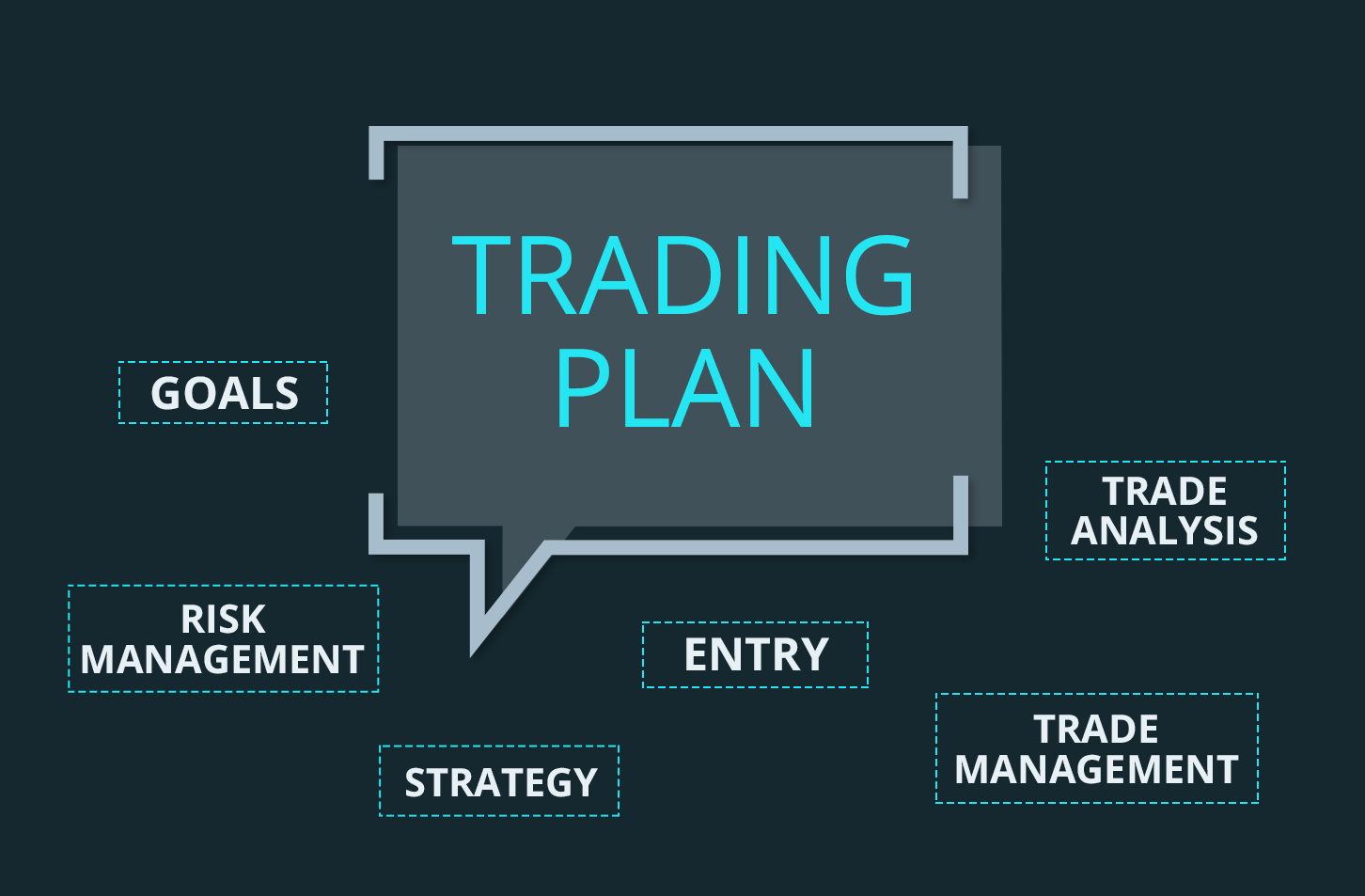If you have been searching for how to develop an effective trading strategy for volatility indices then you are in the right place.
Don’t be left out, Learn how to trade forex the right way, Click here to get started
Table of Contents
This is what you will learn at the end of this short course
- The meaning of effective trading strategy
- The component of effective trading strategy
- Why you need to have an effective trading strategy
- The steps involve in developing an effective trading strategy
How to develop an effective trading strategy for Volatility Indices
What is an effective trading Strategy?
Simply put, the rule of engagement that will assist you to be successful in the foreign exchange market. It’s true, lack of trading strategy is the reason why most people fail in trading. If you want to join the top 1% of winning traders you need to have an effective trading strategy.
What are the component of effective trading strategy?
A good plan that covers lot sizes (based on equity), frequency of trading, and risk management; and a trading plan that enables you to know when to enter the market and when to exit the market.
This why you need a trading strategy
Having an effective strategy will assist you to take control of the market. Obviously most newbies traders don’t know what they want from the market, that’s while they are literally living in the market 24/7. A profitable trader just need 1 – 2 hours a day to analyze the market, place trade, make profit and close for the day.
A plan will prime your trading journey as your business and inspire you to control your emotions, manage risk and trade responsibly.
What are the steps involve in developing a good trading strategy?
The following are the steps necessary in developing a good trading strategy for volatility indices:
- Choose the right indices: Choosing the right trading instrument is the first step in developing a strategy. As a rule of thumb, it’s not ideal to jump around all the pairs in the market, take 4 to 5 pairs and stick to them. From my experience the more expose you are to your choice instrument the easier it will be to analyze it’s movement.
- Understand your risk reward ratio: Based on your equity and the instrument you have chosen, what is your risk-reward ratio? How many lot size will you use, how much are you willing to lose in a bad trading day. What is your minimum and maximum trading strategy
- Re-examine your Broker: This is very important, most broker comes with excess margin that can kill your account in few minutes. Since we are focusing on volatility indices, Deriv is currently the Broker I use, you click here to create an account if you don’t have one
- Decide on the best indicator for your plan: I personally don’t trade with indicators, I am more of a price action trader, but if you fancy indicators, pick two or three and read extensively on them and decide how best they will assist you in your trading journey
- Design your trading plan: Your trading plan should have a title, daily target (for loss and profit), best timeframe to place a trade, lot size to be used based on equity, reading period to improve your trading skills, your two or three most suitable indicators, etc.
I hope this article helps you in your journey to explore the volatility indices, if you need a sample of my trading plan, kindly drop a comment below this post.
Disclaimer
Deriv offers complex derivatives, such as options and contracts for difference (“CFDs”). These products may not be suitable for all clients, and trading them puts you at risk. Please make sure that you understand the following risks before trading Deriv products: a) you may lose some or all of the money you invest in the trade, b) if your trade involves currency conversion, exchange rates will affect your profit and loss. You should never trade with borrowed money or with money that you cannot afford to lose.

